In November, 1944, G.I. Joe, a member of the United States Army, saved the lives of at least 100 Allied soldiers. In just twenty minutes G.I. Joe traveled over 20 miles to deliver a message of grave importance. With only minutes to spare he stopped an air raid from bombing a newly occupied village filled with Allied soldiers. G.I. Joe was not a super soldier; he was a Blue Chock splashed pigeon. One rarely thinks of their flying over the battle-worn trenches of World War I or through the bombarded night skies of World War II. Yet during both wars, thousands of pigeons were used.
Some 600 of which were used by the U.S. Army Signal Corps in World War I. They were used to transmit orders to advance troops, send reconnaissance reports, and carry other crucial military messages. Pigeons played a major role during the World Wars, because they were a dependable source of communication. In World War I, they were especially useful for their speed, long distances flights, consistency, and an impressive homing ability when compared to the existing unreliable and crude communication systems. Over 90% of messages sent by pigeons were received. Reliable forms of communication were necessary because of the constant changes on the front. Trenches often change hands between opposing sides multiple times during a one-week period.
One pigeon named, Cher Ami, a Black Check carrier pigeon, aided in rescuing elements of the U.S. 77th Infantry Division, known as the "Lost Battalion." Separated from American forces, the Battalion was surrounded by the Germans. For six days they endured constant fire from both enemy and Allied forces, and their food and water supplies were extremely low. Cher Ami had delivered many critical messages but his last mission was the most important. Battered and broken with a gunshot wound to the chest, Cher Ami valiantly carried a message from the "Lost Battalion," regarding its dangerous situation. The message stated, "Our artillery is dropping a barrage on us. For heaven's sake, stop it!" Once Cher Ami's message was received, the survivors were rescued and brought safely within American lines. The Lost Battalion originally had over 500 men; Cher Ami's gallant service allowed 194 Soldiers to survive.
Cher Ami, and forty other pigeons, received honors for their brave service in World War I. Cher Ami received the French Croix de Guerre with palm for his valiant work. Unfortunately, due to the injuries sustained on his final mission, Cher Ami died months later in 1919. Pigeons, such as G.I. Joe, would be utilized during World War II, but soon afterwards the use of pigeons in war became obsolete due to advancements in communication technology. So next time you happen to see one, or hear the cooing of a pigeon, do not think of them as a nuisance, but as heroes and a Soldier's fine, feathered friend.
ABOUT THIS STORY: Many of the sources presented in this article are among 400,000 books, 1.7 million photos and 12.5 million manuscripts available for study through the U.S. Army Military History Institute (MHI). The artifacts shown are among nearly 50,000 items of the Army Heritage Museum (AHM) collections. MHI and AHM are part of the: Army Heritage and Education Center, 950 Soldiers Drive, Carlisle, PA, 17013-5021.
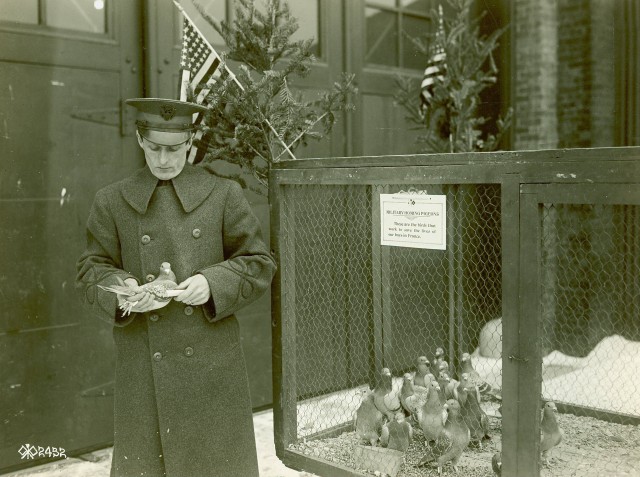
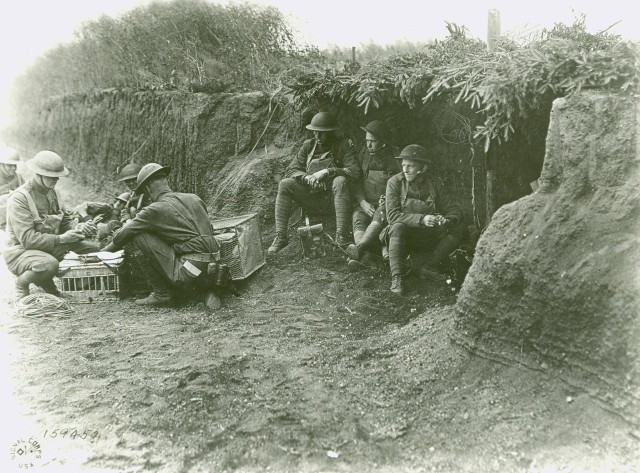
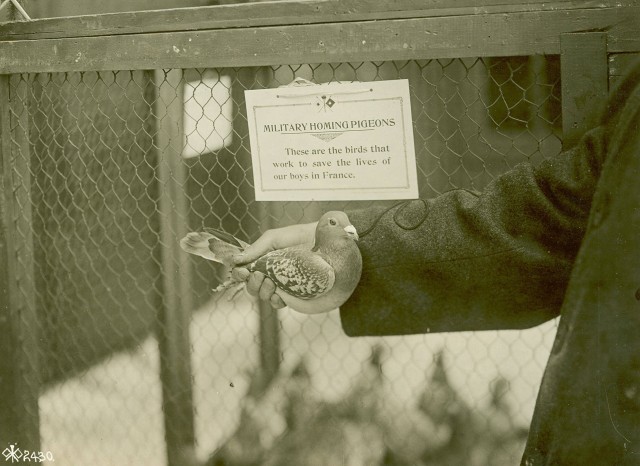
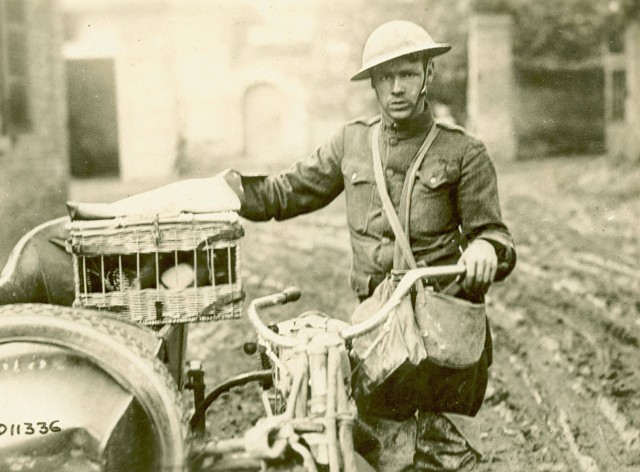
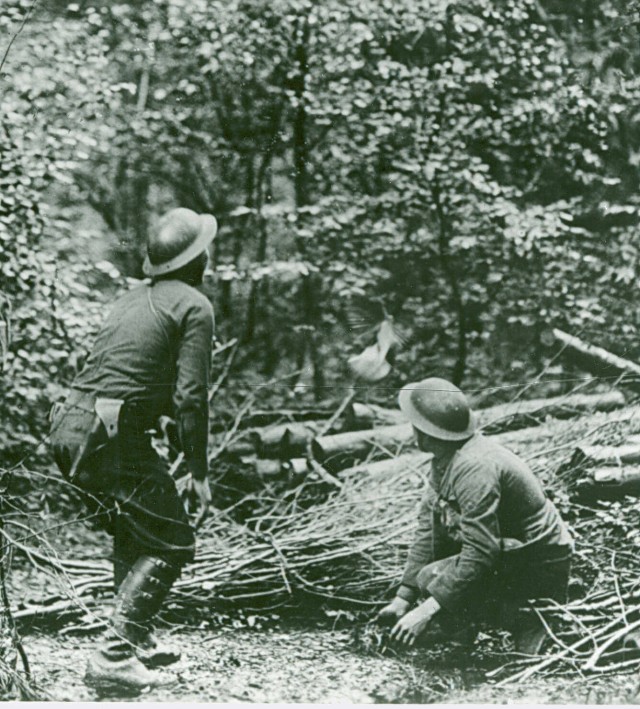

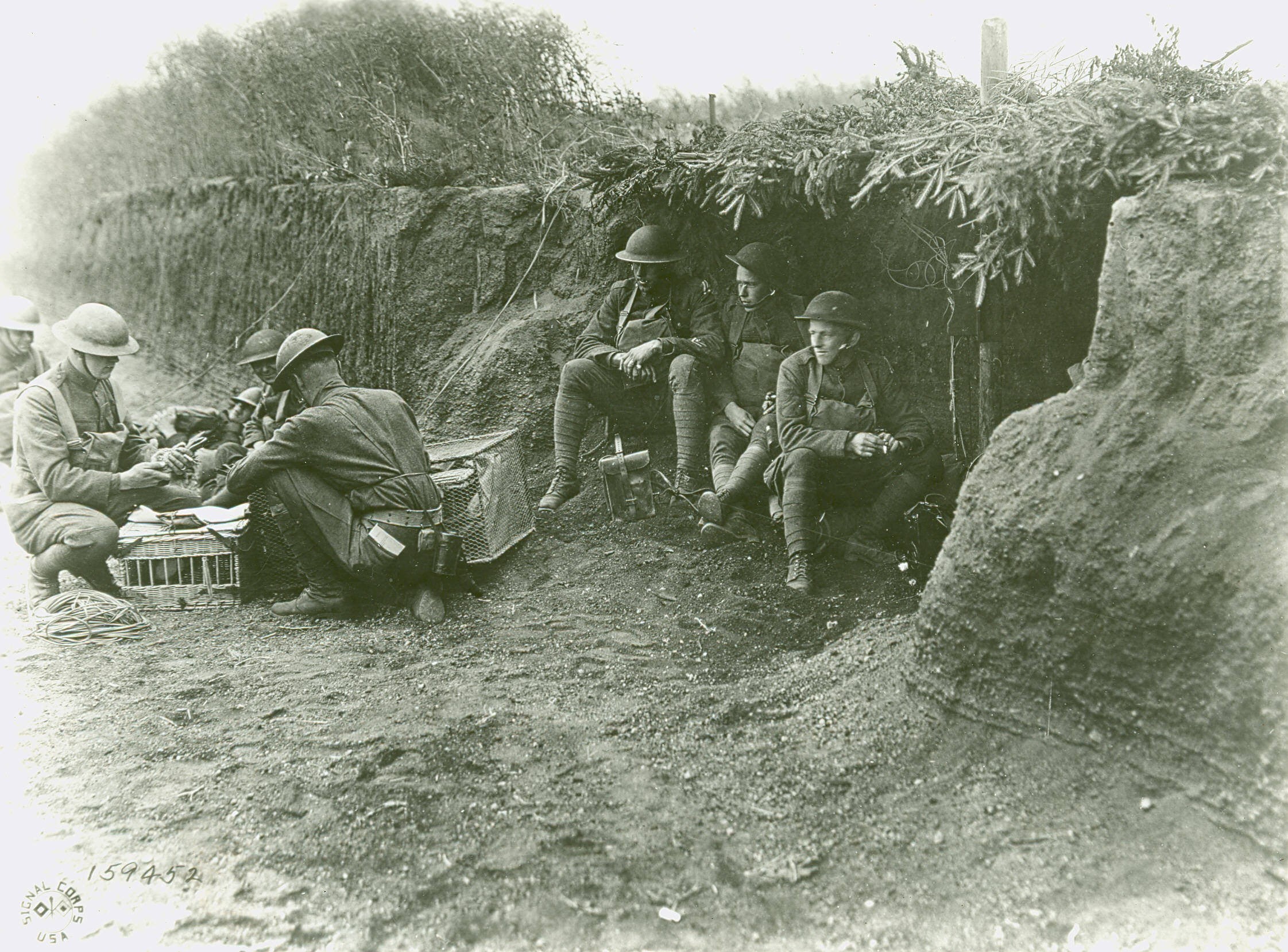


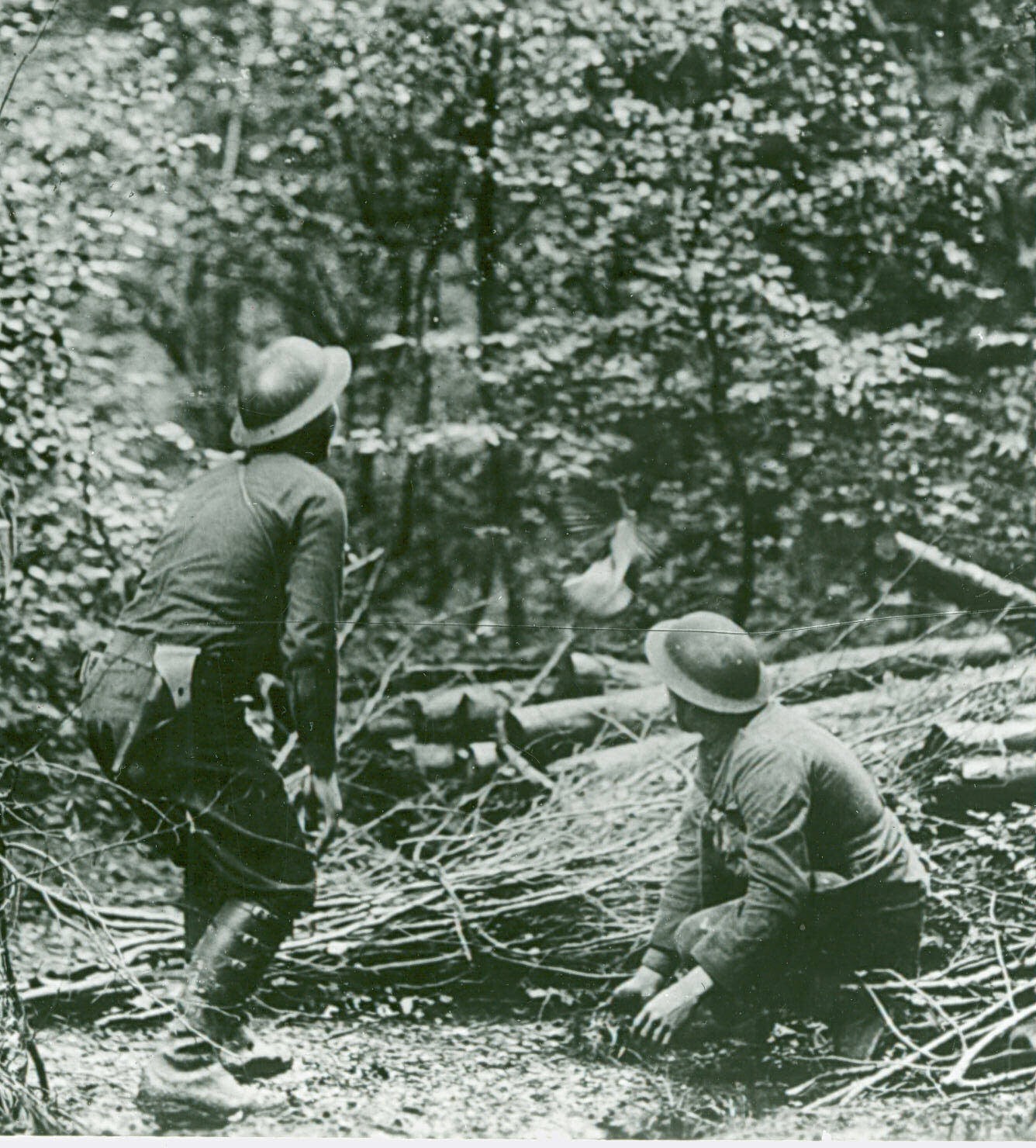
Social Sharing